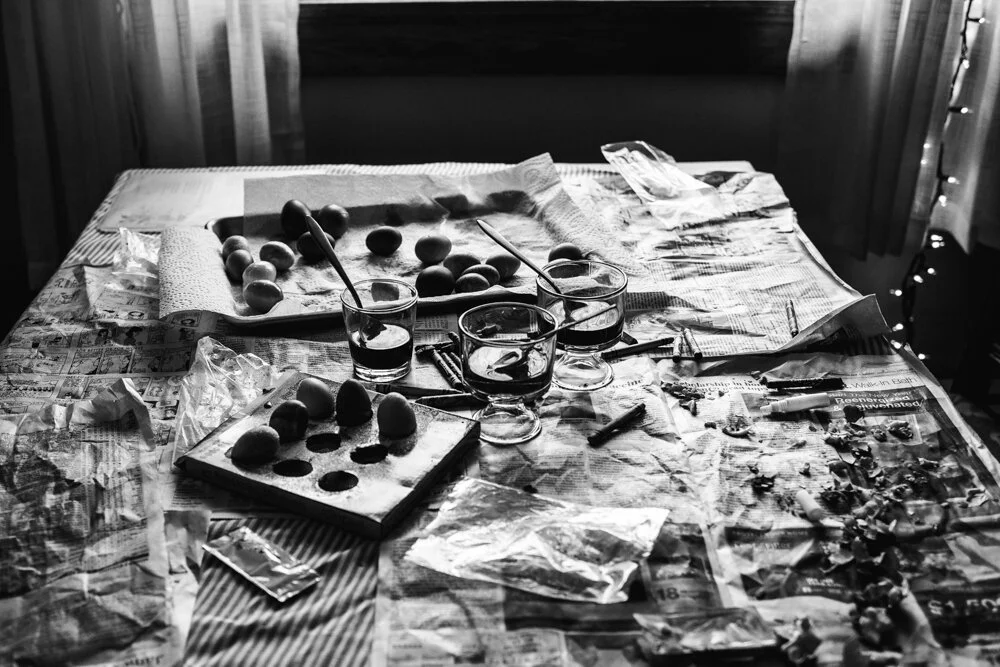Lately I have been trying to tell better stories through my photography. Honestly, I have never been that great at storytelling vocally. (If you know me, you know it’s true…I ramble, I add random unnecessary details, I leave important details out, I skip around…and the list could go on.). But the desire to record a story someone would want to listen to, read, or enjoy visually has been in my bones since the 4th grade when I decided I was going to be the next Laura Ingalls Wilder and write a series of books about my childhood. While I realize that will probably never happen, I can still do what makes me happy and work on some skills I’ve always wanted.
A couple weeks ago I came across the documentary photographer Dan Milnor’s youtube video about ‘Storytelling through Images.” He discussed the five elements (or images) that make up a good photo essay (how to tell a good story through a few images). They are scene setter, portrait, transitional, detail, and landscape.
Like the start of any good story, a scene setter gives context on the “where” the story is taking place. A portrait will tell “who” the story is about or at least a participating character. A transitional image is one that “gives the reader a bridge from one section of the story to another.” A detail image brings a little more specific interest to the story; and lastly, a landscape is another picture that sets a “sense of place and tone.”
The challenge for me is to narrow all my images down to the 5 that tell the story. I do not want to be a “rambler” in my photographic storytelling like I am in real life (haha!). So yesterday we dyed Easter eggs and I decided to pick 5 images that tell the story of those 40-ish minutes. Enjoy my little story.
The scene setter: all the kids at the table in the house. I tried to be a little creative and shoot it through the window looking in. I shot several images of this same scene inside, but when I asked my editor (my daughter Lucy), this is the one that made the cut.
The portrait: I have serval “portraits” that I shot, but this one wins. It’s shot vertical (also known as “portrait” orientation) and this is my favorite “portrait” light too.
The transitional image: getting the egg out of the cup. I love this because Lilly is helping Molly and Molly is concerned with her bunny ears falling. It helps transition the story from egg in the dye to out and done.
The detail shot: had to be in color bc Easter eggs are meant for color.
This landscape image ends the story. No more kids, but a mess left to clean up.
Thanks for “reading” my little story. And since it is Easter weekend, I am going to leave you with two of my favorite “details” in the Easter story.
When Jesus was crucified, the soldiers and religious leaders who condemned Jesus to death, mocked Him saying, “He saved others, but He can’t save Himself” and “If you are Kind of the Jews, why don’t you save yourself?” Today and everyday I am thankful Jesus did not prove them wrong. He chose to stay on the cross for my sins and yours because of His great love.
If you read the Resurrection account in the book of John, I love how he specifically mentions how he outran Peter to the empty tomb. It’s all in the details.
Happy Easter, everyone!





